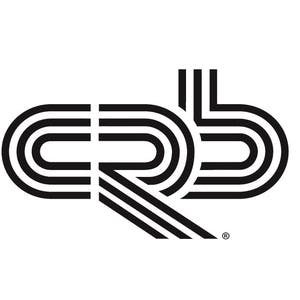Preventing the Next Pandemic: mRNA Vaccines and siRNA oligo Therapies
by Jake Adams, Project Manager at CRB

Investing in promising new pharmaceutical platforms like oligonucleotide therapies could reduce the gap between first detection and total eradication in future pandemics.
The battle against our current pandemic is playing out in multiple arenas: in government assemblies, lawmakers are issuing travel bans and dusting off ancient quarantine legislation to control the disease’s spread. In local communities, neighbors are avoiding contact under the auspices of social distancing. Distilleries are producing hand sanitizer, clothing manufacturers are making PPE, and clandestine online groups are crowdsourcing new ventilator designs.
Collectively, these efforts should be applauded and will help to keep us protected while the pharmaceutical world closes in on vaccines. But at what cost? Travel bans, mass quarantines, and social distancing are often insufficient and difficult to enforce—and we’ve seen what they do to the global economy. These are blunt tools that leave heavy scarring and are sure to have lasting impacts after the virus has run its course.
We have to do better than that. To me, a “better” response doesn’t mean, “Let’s get ready for the next pandemic.” It means, “Let’s prevent pandemics altogether.” Let’s leave those blunt tools to the history books and invest instead in the promising new pharmaceutical platforms that could reduce the gap between first detection and total eradication.
A new response: mRNA vaccines and siRNA oligo therapies
Many leading pharmaceutical companies are pouring resources into the development of traditional live-attenuated or inactive vaccines against SARS-CoV-2, which could lead to the cure our world needs. These are mature, well-understood therapeutic platforms that have already spared countless people from deadly infectious diseases. The downside? It can take anywhere from 18 months to three years (or more) to develop a safe and effective “live viral” vaccine, and another several years to build and license a manufacturing facility capable of producing the billions of doses that we’ll need. Although regulators and drug companies are working together to accelerate that timeline as much as possible, there’s only so much speed that we can expect from a platform that depends on culturing cells and must demonstrate efficacy and safety with each new application.
Meanwhile, two new kids in town are attracting a lot of serious attention and excitement: mRNA vaccines and siRNA oligo therapies. These modalities are so new, in fact, that no mRNA vaccine has ever advanced to commercial production, and siRNA has never been approved in an antiviral inclination or with the lungs as the target tissue. These challenges haven’t stopped biopharmaceutical innovators like Moderna, CureVac, and BioNTech/Pfizer from pursuing an mRNA vaccine against SARS-CoV-2, or partners Alnylam Pharmaceuticals and Vir Biotechnology from doubling down on a siRNA prophylactic therapy to treat those exposed to the virus.
What makes these therapies different from traditional platforms, and why are so many pharmaceutical leaders interested in their potential?

